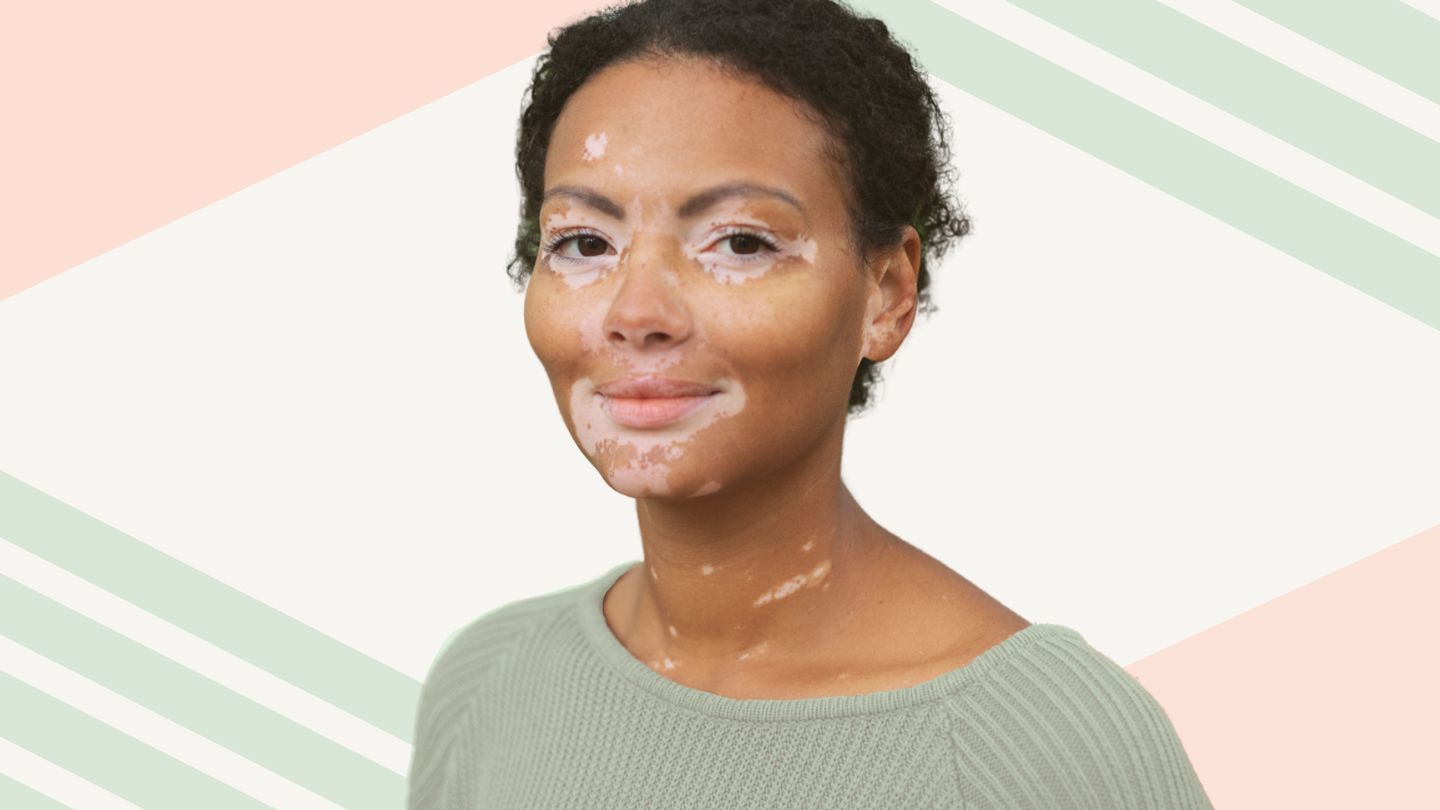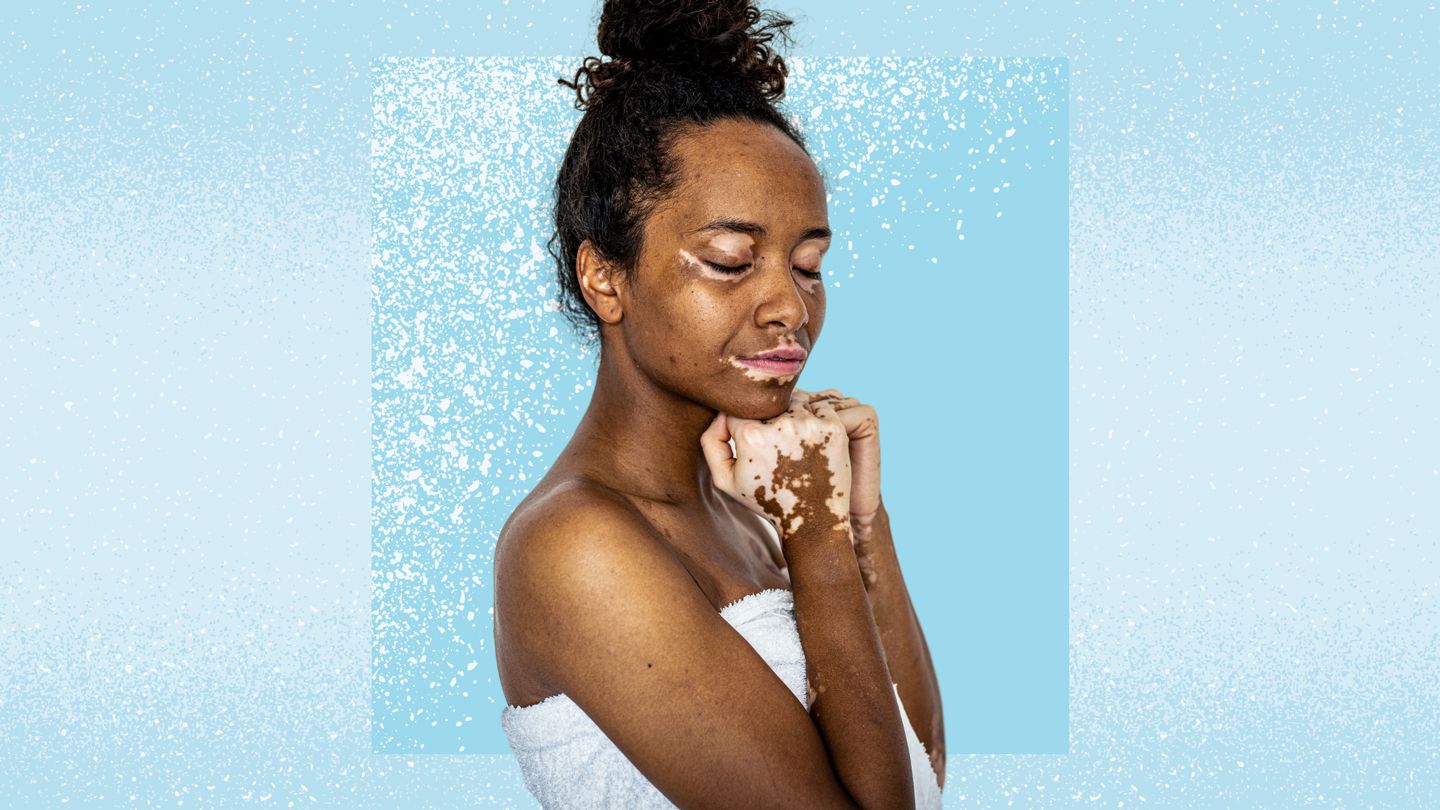Understanding Tattoo Ink Fading
After going through the process of getting a permanent tattoo, the last thing anyone wants is for their body art to start fading over time. However, it's common for tattoos to develop white spots or lose vibrancy. This frustrating phenomenon leaves many tattoo owners wondering, "why does my tattoo have white spots?"
What Causes White Spots on Tattoos?
There are a few key reasons tattoos can become afflicted with white spots or fading:
- Sun exposure - UV rays can break down tattoo pigments over time, especially brighter colors like red, orange, and yellow.
- Skin conditions - Issues like vitiligo, eczema, and psoriasis cause white patches that also impact tattooed areas.
- Poor tattoo care - Letting tattoos heal improperly makes them prone to ink diffusion and fading.
- Low quality ink - Cheap inks often contain harmful ingredients and lack vibrancy needed for longevity.
- Removal attempts - Methods like dermabrasion and laser removal can leave white scarring if not performed properly.
Is it Vitiligo?
Vitiligo is often associated with the development of white spots. This skin condition causes pigment loss, often spreading progressively wider. There is no cure, but vitiligo white spots can be covered up through treatments like:
- Topical creams with calcineurin inhibitors
- Steroid therapy to stimulate pigmentation
- Light therapy with UV rays
- Skin grafts to cover affected areas
The same treatments used on vitiligo skin can help cosmetically cover fading tattoo spots. However, the ink particles will still be missing so touch ups may be required. Laser tattoo removal sessions can also potentially help even out the overall appearance.
Preventing Tattoo Fading
While some amount of tattoo fading over time is inevitable, there are ways to help your body art retain its color and vibrancy longer:
Choose an Experienced Artist
A reputable tattoo artist will have mastery of proper tattooing techniques to create lasting results. They'll also provide comprehensive aftercare instructions so you don't damage the tattoo during the healing process.
Select Quality Pigments
Artist grade tattoo inks contain richer pigments suspended in healthy carriers. They often incorporate additives for UV resistance. While costlier, they offer drastically increased longevity compared to lower quality options.
Follow Proper Aftercare
Letting your new tattoo heal properly allows the ink to integrate as deeply as possible into the dermis layer of skin. Follow your artist's directions to avoid infection, scabbing, peeling complications leading to fading.
Apply Sunscreen
Vigilantly apply broad spectrum SPF 30 (or higher) sunscreen to all tattoos when going outside. Reapply every 2 hours to maximize UV ray protection. The sun is the #1 cause of brighter color tattoo ink fading.
What to Do About Tattoo Fading
If you begin developing annoying white spots despite proper aftercare, don't panic. You still have options!
Consult Your Artist First
Make an appointment with your original tattoo artist. Describe what areas have faded and show examples. Reputable artists offer free touch ups to fix faded tattoos originally done in their shop.
Try a New Artist
If you don't have access to your original tattoo artist for touch ups, visit another trusted professional. Bring reference images of your tattoo when it was freshly done. Ask about their fading fix policies.
Consider Laser Sessions
Meet with certified laser technicians regarding laser removal or fading treatments. Carefully performed laser can even out inconsistent ink retention and potentially prep skin for successful touch ups.
Embrace the Fade
If tattoo spots develop due to vitiligo or other skin conditions, embrace it as part of your unique appearance. You can creatively work around challenging spots or incorporate them into updated designs.
Some ink fading over decades of having tattoos is expected, but following preventative measures and touch up best practices helps tattoos last. Pay attention for signs of white spots appearing and take action promptly for the best results.
FAQs
What causes white spots on my tattoo?
The main causes of white spots on tattoos include sun exposure breaking down ink pigments, skin conditions like vitiligo, poor tattoo aftercare leading to ink diffusion, low quality inks, and failed removal attempts causing scarring.
How can I prevent my tattoo from fading?
Ways to help a tattoo retain vibrancy include choosing an highly skilled artist, using quality pigments, properly caring for it during healing, vigorously applying broad spectrum SPF 30+ sunscreen, and getting periodic touch ups.
What should I do if my tattoo fades unevenly?
If tattoo ink fading occurs unevenly, consult your original artist about a free touch up first. If that's not possible, visit another reputable artist. Carefully administered laser removal sessions may also help even out uneven fading.
Can white spots from vitiligo affect tattoos?
Yes, loss of skin pigmentation from vitiligo impacts tattooed areas too. Topical creams, light therapy, and micropigmentation treatments can help mask the spots. But affected ink will need laser removal then reapplication.
Is it normal for tattoo color to fade gradually?
Some gradual fading of brighter tattoo colors over decades is normal. Following preventative care guidelines and getting periodic touch ups from the original artist helps tattoos retain vibrancy longer term.
Disclaimer: This article is for informational purposes only and does not constitute medical advice. Always consult with a healthcare professional before starting any new treatment regimen.
Related Coverage
Michael Jackson, Winnie Harlow, Jon Hamm, and other celebrities have opened up about their experiences with vitiligo. Learn how they're spreading awareness of this skin condition....
Segmental pigmentation disorder, also called vitiligo, is an autoimmune skin condition causing white patches from melanocyte destruction. Learn about vitiligo causes, diagnosis, treatments, prevention, and outlook....
Tattoo ink fading and white spots happen, but can be prevented. Learn what causes tattoo fading, vitiligo spots, and the best methods to fix, cover, or embrace tattoo ink diffusion....
Learn about the vitiligo hearing loss link, common symptoms, how doctors test it, and practical steps to manage hearing changes....
Learn how to buy ruxolitinib Opzelura cream online to treat vitiligo patches. Understand treatment options, getting a prescription, using insurance, costs, and applying properly....
Vitiligo herbal remedies: benefits, safety tips, and how they complement conventional treatments for clearer skin....
Dr. Elizabeth Yun is a top dermatologist providing customized treatments for chronic skin conditions like vitiligo, psoriasis, eczema, and acne. Learn about her services....
Terrence J, Michael Jackson, Winnie Harlow and other celebrities have spoken out about their experiences with vitiligo to reduce stigma and empower others with the condition....
Get clarity on properly pronouncing ...
Opzelura is the first FDA-approved topical cream for restoring skin pigment in vitiligo patients. Learn about using Opzelura, expected results, side effects, and costs....






